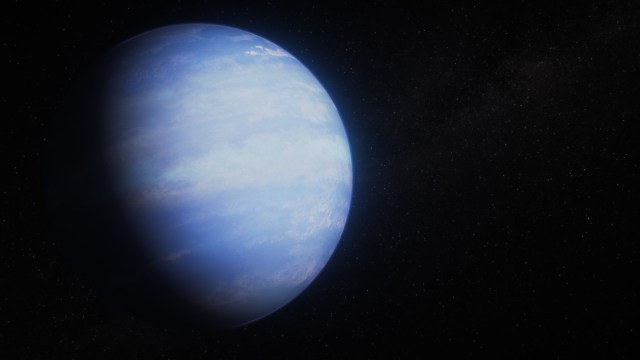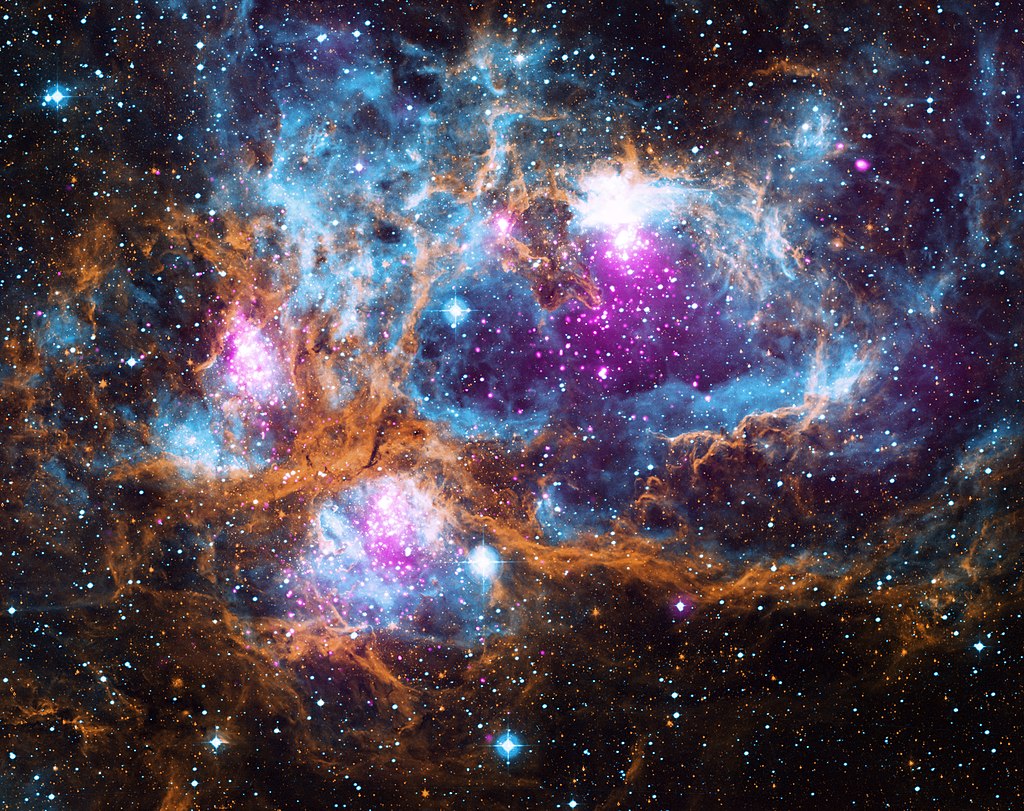There are some things that never cease to amaze me and the discovery of distant objects is one of them. The James Webb Space Telescope has just found the most distant galaxy ever observed! It has the catchy title JADES-GS-z14-0 and it has a redshift of 14.32. This means its light left when the Universe was only 290 million years old! That means the light left the source LOOOONG before even our Milky Way was here! How amazing is that!
Continue reading “Webb Finds the Farthest Galaxy Ever Seen (So Far)”Webb Explains a Puffy Planet
I love the concept of a ‘puffy’ planet! The exoplanets discovered that fall into this category are typically the same size of Jupiter but 1/10th the mass! They tend to orbit their host star at close in orbits and are hot but one has been found that is different from the normal. This Neptune-mass exoplanet has been thought to be cooler but still have a lower density. The James Webb Space Telescope (JWST) has recently discovered that tidal energy from its elliptical orbit keeps its interior churning and puffs it out.
Continue reading “Webb Explains a Puffy Planet”JWST Reveals Protoplanetary Disks in a Nearby Star Cluster
The Orion Nebula is a favourite among stargazers, certainly one of mine. It’s a giant stellar nebula out of which, hot young stars are forming. Telescopically to the eye it appears as a grey/green haze of wonderment but cameras reveal the true glory of these star forming regions. The Sun was once part of such an object and astronomers have been probing their secrets for decades. Now, a new paper presents the results from a detailed study from the James Webb Space Telescope (JWST) that has been exploring planet forming disks around stars in the Lobster Nebula.
Continue reading “JWST Reveals Protoplanetary Disks in a Nearby Star Cluster”


